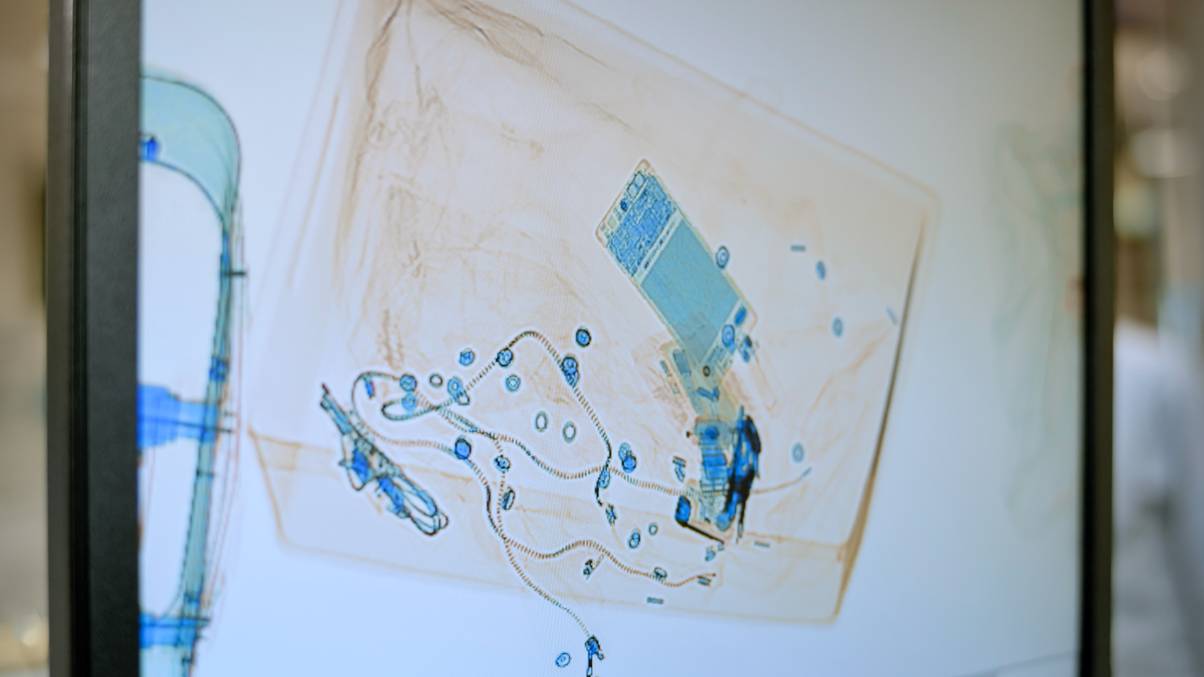“Unveiling the Forgotten Lessons: How British Schools Shape the Narrative of Empire”
To beg with, the national curriculumâs approach to the British Empire is extremely complex and subject to change, and is currently undergoing a pretty major change, as weâll get into later in this video. But first, letâs now take at a quick run through of the topic at hand, starting with a very brief overview of the British Empire itself.
The British Empire can be defined as a Global system of territories under the sovereignty of the Great British Crown and Government. These territories include colonies, protectorates and dominions. It is interesting to note that most of these early settlements were established by private enterprise, with no direct strategic oversight from the Crown or the Government.
For most of the history of the Empire, until the mid-19th Century, the Crown had some limited powers of supervision over the acquired territories, but the colonies themselves were largely self-managed and self-sufficient.
But letâs rewind a little. England first started its colonial path by invading Ireland in 1169, fully re-conquered by the Tudors in the 16th Century. And yet, the official start and end dates of the Empire have been set at 1601 and 1997. So what happened here? In the 17th Century, England established its first trans-Atlantic colonies in North America and the Caribbean, mainly driven by commercial ambition and a strategy to stem French influence over the area. Around the same time, the privately owned East India Company began establishing trading posts in India and South East Asia.












